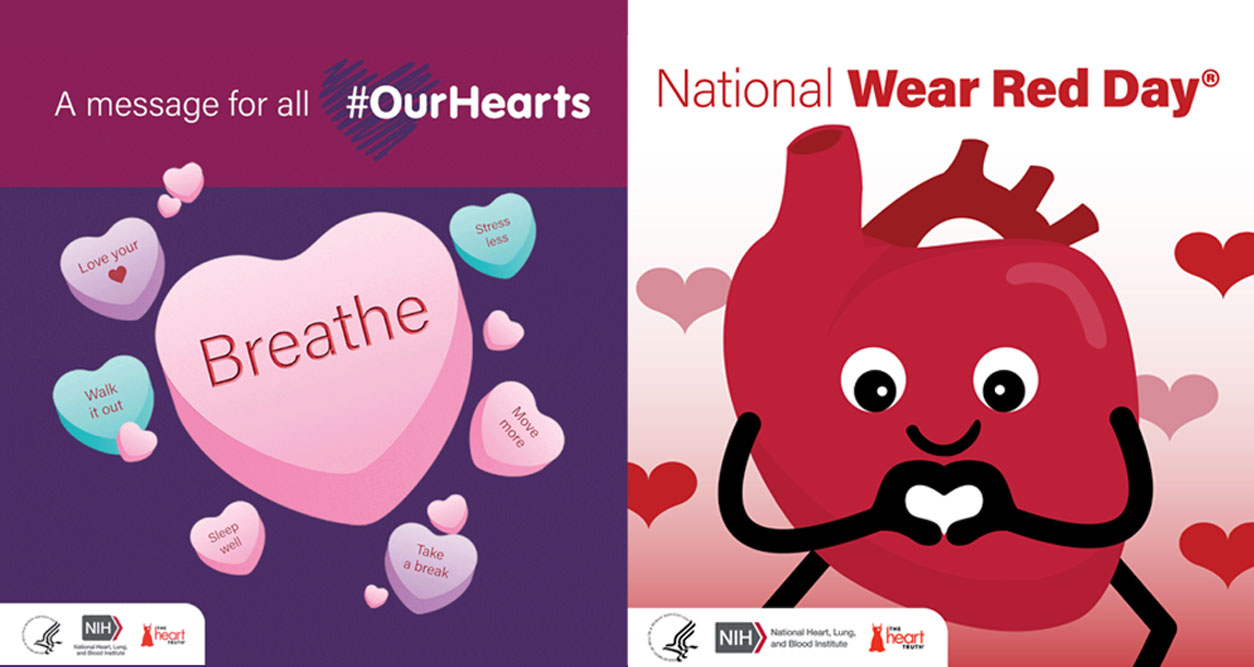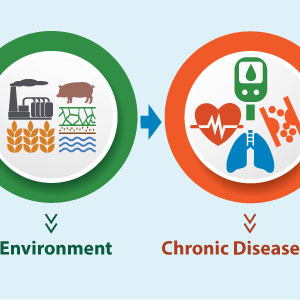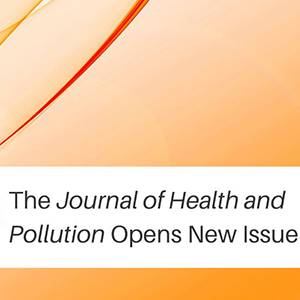In recognition of American Heart Month, Environmental Factor shares the latest research published by NIEHS scientists and grant recipients related to conditions affecting the heart and blood vessels.
Cardiovascular diseases include conditions such as coronary heart disease (clogged arteries), stroke, and heart failure. Heart disease is the leading cause of death for both men and women in the United States; however, people can take steps to protect their hearts.
Explore the below scientific articles to learn more about researchers’ efforts to understand the environment’s role in heart health.

PFAS exposure early in life may affect adolescent cardiometabolic risk
Exposure to per- and polyfluoroalkyl substances (PFAS) throughout childhood may have sex-specific effects on adolescent cardiometabolic outcomes, according to an NIEHS-supported study. The scientists assessed the relationship between exposure to a PFAS mixture from birth to age 12 and cardiometabolic risk at age 12 in 179 participants. Females in the higher exposure group had higher cardiometabolic risk, while males in the higher exposure group predominantly exhibited lower risk. These findings add to a growing body of literature showing that cumulative exposure to PFAS mixtures may adversely affect adolescent health. Read the full article.
Exposure to metals may be linked to coronary artery calcium buildup
Metals are associated with the progression of atherosclerosis — a chronic inflammatory disease that causes the arteries to thicken and harden, according to NIEHS-funded researchers. Analysis of data from 6,418 study participants revealed that urinary levels of the metals cadmium, tungsten, uranium, cobalt, copper, and zinc were associated with coronary artery calcium — an established marker of cardiovascular disease risk. According to the researchers, the findings may point to novel strategies for the prevention and treatment of atherosclerosis progression. Read the full article.
Higher metal exposure may increase cardiovascular disease, mortality
A study by NIEHS-supported researchers that included nearly 7,000 participants highlighted the link between urinary metal levels and increased cardiovascular disease risk and mortality. The scientists analyzed levels of the nonessential metals cadmium, tungsten, and uranium, and the essential metals cobalt, copper, and zinc, in U.S. adults. As noted by the researchers, these findings can inform the development of novel preventive strategies to improve cardiovascular health. Read the full article.
Prenatal pesticide exposure may affect pediatric heart health
Prenatal organophosphate exposure may increase the risk of cardiovascular diseases in children, according to NIEHS researchers and their collaborators. The findings showed that children with mutations in the PON1 gene, a gene corresponding to the enzyme responsible for organophosphate pesticide detoxification in the body, had an increased risk of developing adverse vascular and glycemic outcomes for increases in prenatal organophosphate concentrations. Read the full summary.
How a father’s eating patterns may affect future generations
A paternal high-cholesterol diet leads to fatty plaque buildup inside the arteries of female, but not male, offspring, according to an NIEHS-funded study in mice. The researchers also identified two potentially novel genes called Ccn1 and Ccn2 that may contribute to increased atherosclerosis development in female mice. Read related article here.
Additional resources
- Explore new research showing nutrition may reduce harmful effects from environmental factors.
- Learn more about NIEHS-supported research on heart disease.
- Check out these heart-healthy tips from the National Heart, Lung, and Blood Institute.
(Janelle Weaver, Ph.D., is a contract writer for the NIEHS Office of Communications and Public Liaison. Caroline Stetler is Editor-in-Chief of the Environmental Factor, produced monthly by the NIEHS Office of Communications and Public Liaison.)









